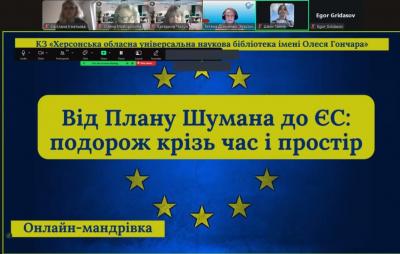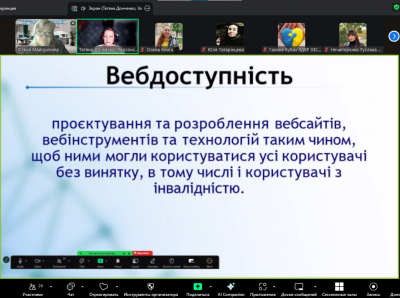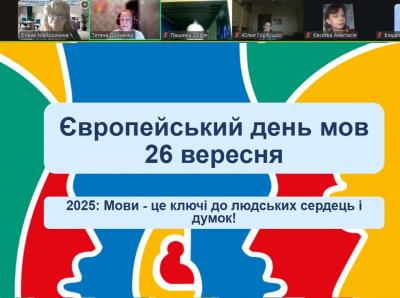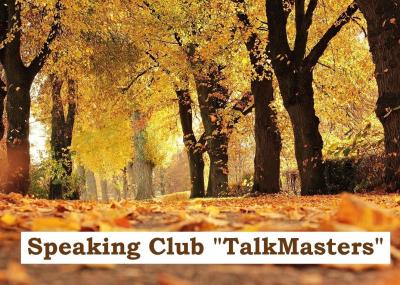Olga Korbut
Olga Korbut
1955 -
Gymnastics
The last time Germany had played host to the Olympics, Adolf Hitler was Fiihrer. Those were the 1936 Games where Hitler boasted of Aryan superiority, and left the stadium humiliated when African-American Jesse Owens walked away with four gold medals. Soon after, the world was plunged into war, with freedom and democracy at stake.
The opening ceremonies at the 1972 Summer Olympic Games in Munich, West Germany, welcomed over 7,000 athletes representing 121 nations for two weeks of rousing competition. They included a bubbly teenager from Belarus, Russia, standing only 4 feet 11 inches (150 cm) tall and weighing 90 pounds (41 kg) who turned in one of the most memorable performances of those Games. Unfortunately, the 1972 Olympics will forever be shrouded in sadness and horror by the murder of 11 members of the Israeli team by Palestinian terrorists.
Olga Korbut was born on May 16, 1955, in the town of Grodno, not far from the capital city of Minsk in what is now Belarus, a country in eastern Europe. At that time it was part of the Soviet Union called Byelorussia. Olga was the younger of two daughters—her father was an engineer and her mother was a cook. Seventeen years later, she flashed a beaming smile and waved to the crowd as she entered the Olympics gymnastics competition in Munich.
Olga began her training early, wanting to follow the lead of her older sister. When she turned 11, Olga began attending one of the Soviet Union's sports schools, which were funded and run by the government. She started training with coaches Yelena Volchetskaya and Renald Knysh, who worked Olga hard to see just how much she was capable of achieving. Because of her young age and small size, Olga became quite successful at some daring aero-, batic routines on the balance beam and the uneven parallel bars. In just a few short years, Olga was competing on the national level.
In 1969, she finished in fifth place at the Soviet Unions national champi-onships, and in 1970 she won her first national title on theivaulting horse. Though Olga earned a spot on the Soviet national team, she suffered a Setback in her budding career when she became ill following an injury. After the break in her training, Olga had to work hard to regain the skills that had helped her shine in her sport.
Olga made the Soviet Olympic team in 1972, earning the last spot by coming in third i% overall performance. Along with teammates Lyudmila Tourischeva and Tamara Lazakovitch, Olga went to Munich to win gold for her country. Dressed in her red leotards with matching bows on her pigtails, Olga dazzled the crowd by doing the first-ever back somersault on the balance beam. Her youthful exuberance was infectious and the crowd loved her. As Bela Karoiyi, the famous Romanian gymnastics coach explained, Olga had the four elements necessary to impress the judges: a difficult routine, apparent enjoyment of the event, artistic presentation, and the support and enthusiasm of the crowd.
In the team competition, Olga went on to win the gold medal along with Tourischeva and Lazakovitch. Two nights later, while performing; on those same bars, she fell, eliminating any chance to win thelgold medal in the women's all-around competition. As the audience had sharfed her successes ear¬lier in the competition, waving and smiling back at the "pixie" from Bye-lorussia, so too did they share in her sadness as she broke into tears when she returned to her seat.The following night, having pulled herself together Olga won two gold medals—on the beam and in the floor exercise, along with a silver for the uneven parallel bars in the individual apparatus events.
Overnight, it seemed, Olga had single-handedly transformed the sport of gymnastics. Before the Munich Games, there were about 15,000 female gymnasts in the United States. Just two short years later, the number exploded to more than 50,000. Olga was voted the Female Athlete of the Year by the Associated Press, was invited to the White House to meet President Nixon, and made a trip to Disneyland before returning to her family in Grodno.
The light had shone brightest for Olga at the 1972 Olympics. She returned to competition, winning a gold medal on the vault at the World Champi onships in 1974. By 1976, though she earned a spot on the Soviet team and competed in the Olympics in Montreal, Canada, a new star captured the crowd—a 14-yeay-old Romanian named Nadia Comaneci. Olga had matured in those four years, from a cute 17-year-old to a 21-year-old woman. Still, she won another silver medal in the balance beam, where she amazed the audience when she pressed her chest and body lengthwise against the 4-inch (10-cm) wide beam, brought her legs over her head, and rested her toes on the beam in front of her. Her final medal was another gold as a member of the winning Soviet team.
When she returned to Byelorussia, Olga married Russian folk-rock musician Leonid Bortkevich. In 1979, she gave birth to a scfn, Richard. After years of athletic competition, Olga was happy to settle into a quiet private life with her husband and son. However, on April 26, |986, one of the nuclear reactors at the Chernobyl power plant, just 180 miles (290 km) from Grodno, exploded, sending radioactive debris thousands of miles over 4 large area of the Soviet Union and Europe.
After participating in a gymnastics tour in the United States in 1989, Olga discovered that she was suffering from a thyroid problem related to radiation poisoning. Like many of her neighbors and other residents in Byelorussia, Olga had been exposed to the radiation fallout Ifrom thS Chernobyl accident. Wanting to be involved in educating others about the aftereffects just|beginning to surface, ancl anxious to help other victims, especially children, Olga became a spokesperson for the Emergency Help for Children Foundation in 1990.
When Soviet-American relations appeared to be moving in a more friendly direction, Olga, Leonid, and Richard moved to the United States and decided to settle in Atlanta, Georgia. Today, well past the age when most young gymnasts compete, Olga is happy with her new life in America. She teaches gymnastics in Atlanta, and has remained actively involved in helping to raise money for the sick and needy Chernobyl victims in her homeland. As for gymnastics, Olga has often expressed how nice it would be to establish competitions for women who no longer do the acrobatic feats of youth, but can |till turn in a performance full of the same grace and beauty as ballet.
More detailed information can be found in the "Extraordinary Women's Athlets" Judy L.Hasday, and issued by The Children's Press in the USA.
Information should be used just for educational purposes.










